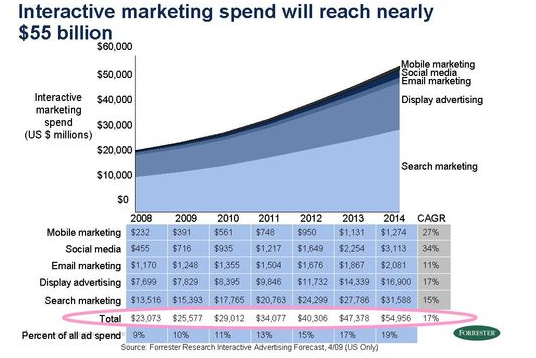Cat Got Your Tongue: How Gossip Will Become The New Media

If you believe the profile, there is a cat that twitters. And has 512,733 followers, as of mid-afternoon May 18.
Of course, this cat – alternately known as “Sockamillion” or “Sockington” – and his voice really belongs to Jason Scott, who lives in Waltham, Mass.
Nonetheless, the fact that a cat “speaks” in 140-word chunks and has antic commentary inspires a half-million other animals with brains to follow his every utterance is a strangely profound commentary on modern media.
You have nothing to say? But, if you channel a lower species, maybe you do. And command a following that even large for-profit champion marketers would lust for. Zappos (and its CEO. Tony Hsieh) still beat out Sockington, with 621,315 followers. But Starbucks, for instance, has “just” 183,595 followers on Twitter. Well, imagine it. Indeed, there’s now a whole site devoted to animals who twitter, called Pet Feed, as Ian Schafer, the founder of the Deep Focus “interactive engagement” marketing agency brought out at an Interactive Advertising Bureau conference Monday in New York on the rise of social media.
And what it says is this: Advertisers who otherwise would seek out the out-of-step “traditional” media will place their dollars with media that have ardent followings, no matter what the gimmick.
Why not?
If you’re an advertiser such as Del Monte (also at the conference) trying to put some serious word of mouth (or keyboard) behind Kibble & Bits, isn’t it safer (and more “with it”) to place bucks alongside the curt utterings of a faked feline commentator, than to place it with some kind of fact-based story or research which (a) you might not like and (b) might be dry?
Instead, aren’t you going to want to figure out which of the social media, be it blogs, be it Facebook, MySpace, Twitter or what-have-you that actually gets the juices flowing of the target audience you’re interested in? Like cat-lovers?
You bet.
As the IAB’s president and CEO, Randall Rothenberg, noted Monday in his opening remarks: There is absolutely nothing new about social media. Before moveable type, before the New York Times, before Thomas Paine, before Gutenberg, there was … gossip.
We are now back to the past, and making it the future.
After all, in this “great recession,’’ there are few bright spots in advertising of any type. Only cable advertising and … social media seem to be up.
Indeed, Forrester Research, which had the keynote speaker, says advertising on social media will hit $3 billion in 2014 and, led by search, all forms of spending on interactive marketing will hit $55 billion.
Pretty phenomenal, when considering that consumer magazines pull in $14 billion (going down to $10 billion). Newspapers? $38 billion. TV? $67 billion.
Indeed, Josh Bernoff, the senior vice president of idea development at Forrester Research, told conference attendees that 93% of advertisers in this country intend to maintain or increase their spending on social media. Not everyone agrees. Emarketer is predicting a 3% decline this year in social media ad spending.
But Facebook is betting big on growth, long-term. The main sponsor of the conference, Facebook was telling potential sponsors that it would give brands a voice in “meaningful communications,” help them get “amplified reach” with regular visitors and “deeper insight” into what types of people, in any part of the world, care about their products. Among its stats:
• 200 million users worldwide • 60 million in the United States • More than 50% returning every day • 20 million status updates every day • 1 billion videos viewed every day • 1 billion pieces of content shared each week
That makes social media, where users send messages they control to audiences they also control, the "smart alternative" to broadcast media, whether print or electronic, where ideas and information are handed down from on high, from one to everyone.
But the trick with these social or (if you’re masquerading as a cat) anti-social media is this: no one knows if all these twitters or all these conversations actually lead to sales of commercial products (as was noted more than once in Monday’s conference).
There’s not even agreement on what the standard of measurement for effectiveness of these social media is or should be. If you listened to the last group of panelists, you should dress up a new measurement technique so it looks like the Gross Rating Points that defined old media. Then, figure out how to make it different.
Or, blow that up, and just start anew. Charge for preferred actions, like users passing on your company’s name or a recommendation about its product to other users.
Because, after all, users believe other users, more than they believe corporations or sponsors or marketers or advertisers or whatever you want to call the people who actively try to sell them stuff.
Even if those other users are cats. Or pets of some kind.
Excuse me, now. I have to go blog elsewhere. I’m thinking there’s still a chance to build up a dominant worldwide following, as a ferret.
